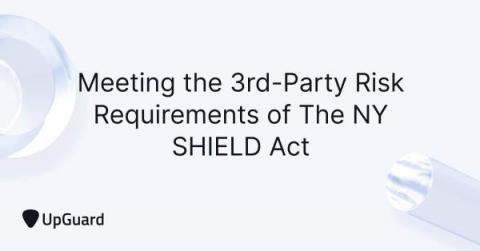What is a Chief Risk Officer (CRO) & Why Does Your Organization Need One?
All organizations have a team of C-suite executives to set strategy and run the business. Typically that group looks quite similar from one organization to the next, with the chief executive officer, chief technology officer, and chief financial officer among the most important. But do you also have a chief risk officer? Do you even need a “CRO”? What are the CRO’s responsibilities, anyway; and what is his or her role in enterprise risk management (ERM)?









